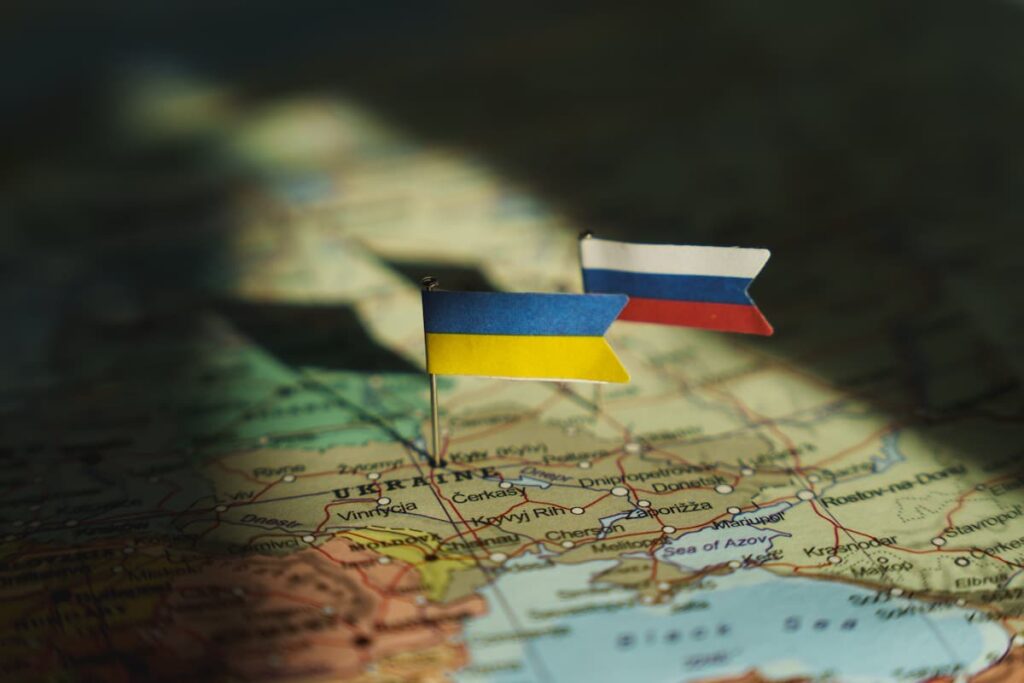Kyiv Sees Limited Progress From Moscow, Yet No Sign of Relief
Russia’s much-anticipated summer offensive in Ukraine has failed to deliver the decisive blow that many in Kyiv feared, but Ukrainian officials are not celebrating. While Moscow’s forces have made incremental gains, particularly in the east, the broader picture remains one of costly attrition with no clear end in sight.
Russian President Vladimir Putin continues to justify his war with territorial ambitions, reiterating last week that “all of Ukraine is ours.” His forces, now numbering over 111,000 troops near Pokrovsk in Donetsk, are pushing forward in several sectors of the 1,200-kilometer frontline, but their advance is far from the large-scale breakthrough once expected.
Ukrainian Commander-in-Chief Oleksandr Syrskyi stated that Russia’s infiltration of the northern Sumy region had been halted and suggested that the broader offensive was losing momentum. “The wave of attempts at a ‘summer offensive’ launched by the enemy is fizzling out,” he said. Independent analysts at the Institute for the Study of War also noted that Ukrainian forces had regained some ground in Sumy.
Russian Gains Met With Resistance
Despite limited progress, Russian forces have made headway in certain areas. The Russian Defense Ministry claimed to have seized the village of Zirka, located on the border of Donetsk and Dnipropetrovsk. Ukrainian analysts at DeepState acknowledged that “defenses continue to collapse rapidly” in some frontline sectors.
In Pokrovsk, more than 50 clashes occur daily. Meanwhile, Russia remains committed to capturing the entirety of Donetsk, Zaporizhzhia, and Kherson — though the current rate of advance suggests such goals could take years. With ceasefire negotiations stalled and the Trump administration adopting a more cautious approach, the war is expected to drag into 2026.
The battlefield reflects a blend of low-tech infantry skirmishes and high-tech drone warfare. Russian troops are entering abandoned villages in small units on foot or motorbikes, often without armored support, but covered by drones. In response, Ukrainian defenses have shifted toward smaller, more camouflaged positions.
Drone Warfare Escalates on Both Sides
Unmanned aerial systems now define the war’s character. Russia is deploying up to 500 Iranian-designed Shahed drones per night, overwhelming Ukrainian air defenses. On Sunday, President Volodymyr Zelensky reported that 477 drones and 60 missiles were launched overnight, targeting urban infrastructure.
Ukraine has responded with long-range drone strikes deep into Russian territory, hitting military airfields and oil facilities. Ukrainian intelligence claims to have damaged a Russian airbase in Crimea, and a recent strike using truck-launched drones destroyed a dozen Russian strategic bombers.
Ukrainian Defense Minister Rustem Umerov described the conflict as a “constant intellectual struggle” in which both sides adapt drone tactics in real time. Russia has gained an edge in fiber-optic-controlled drones, which are harder to intercept. Ukraine is planning to produce tens of thousands of long-range drones, alongside over 4 million battlefield drones this year alone.
Economic Strains Show on Russian War Machine
While Russia’s military output remains high — defense conglomerate Rostec now produces 80% of the equipment used in Ukraine — the economic toll is mounting. CEO Sergey Chemezov reported that Rostec’s revenues surged to $46 billion in 2024, but rising inflation and budget pressures are straining the Kremlin.
Defense spending accounts for 40% of Russia’s public budget, or more than 6% of GDP. Economic Development Minister Maksim Reshetnikov warned of a possible recession, citing worsening business sentiment. The head of Russia’s Central Bank, Elvira Nabiullina, acknowledged that national reserves are nearly depleted.
Putin admitted that growth this year would be “more modest,” but insisted that economic stagnation must “not be allowed under any circumstances.”
Even so, the Russian military still maintains an overwhelming force advantage. With over 500,000 troops positioned in Ukraine or near the border, Moscow can continue making small territorial gains despite enormous casualties.
“We have a saying,” Putin declared last week. “Where the foot of a Russian soldier steps, that is ours.”



